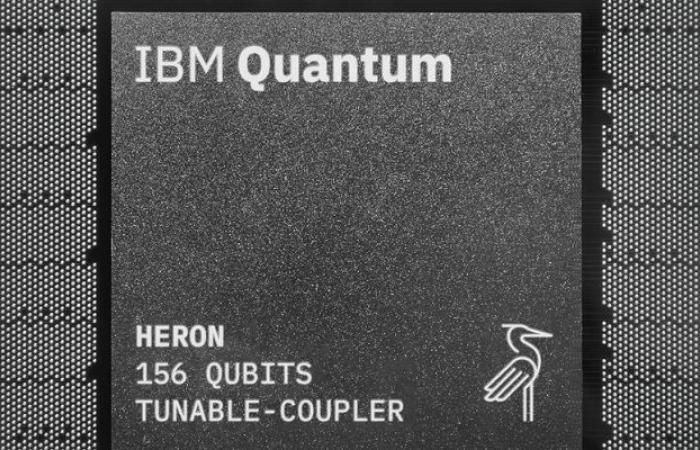At its inaugural IBM Quantum Developer Conference, IBM unveiled the latest advances in its roadmap to the quantum advantage: the second version of its Quantum Heron processor, introduced last year, and the improvements made to its Qiskit software stack.
The shift to quantum utility means that quantum computing is no longer a theoretical or exploratory technology, but can be used practically to solve real-world problems in a variety of fields. In June 2023, IBM demonstrated that its quantum hardware could perform calculations more efficiently than a classical computer, taking a step toward quantum advantage, the point at which a quantum computer will definitively outperform classical computers on specific tasks.
Quantum Heron 2 is available at IBM’s two quantum data centers, one in Ehningen, Germany and the second in Poughkeepsie, New York. This new modular chip features 156 qubits in a heavy hexagonal layout, and preserves the tunable coupler architecture introduced last year to suppress crosstalk. IBM also added a new two-tier attenuation system to help reduce the impact of a significant source of noise.
It now makes it possible to execute complex quantum circuits simulating “kicked Ising” models of up to 5,000 two-qubit gates with increased precision. Compared to 2023 performance, this technological leap doubles the capabilities of IBM’s systems and significantly accelerates data processing.
The 2023 Quantum Utility Experiment, published in Nature, demonstrated speed results in terms of processing time, per data, for a total of 112 hours. The same experiment, using the same data, run on the IBM Heron 2 processor, was completed in 2.2 hours, 50 times faster.
This advance fuels research in fields as varied as molecular chemistry, materials physics and computational biology.
IBM is collaborating with renowned partners such as RIKEN, in Japan, and the Cleveland Clinic, in the United States, to explore concrete use cases and solve complex problems, such as electronic structure simulations, essential for discovery. new materials and drugs.
Other collaborations, notably with the Rensselaer Polytechnic Institute, are pushing the integration between quantum and classical computers further. These initiatives aim to create the first quantum supercomputers, capable of decomposing and solving complex algorithms by combining the strengths of classical and quantum architectures.






